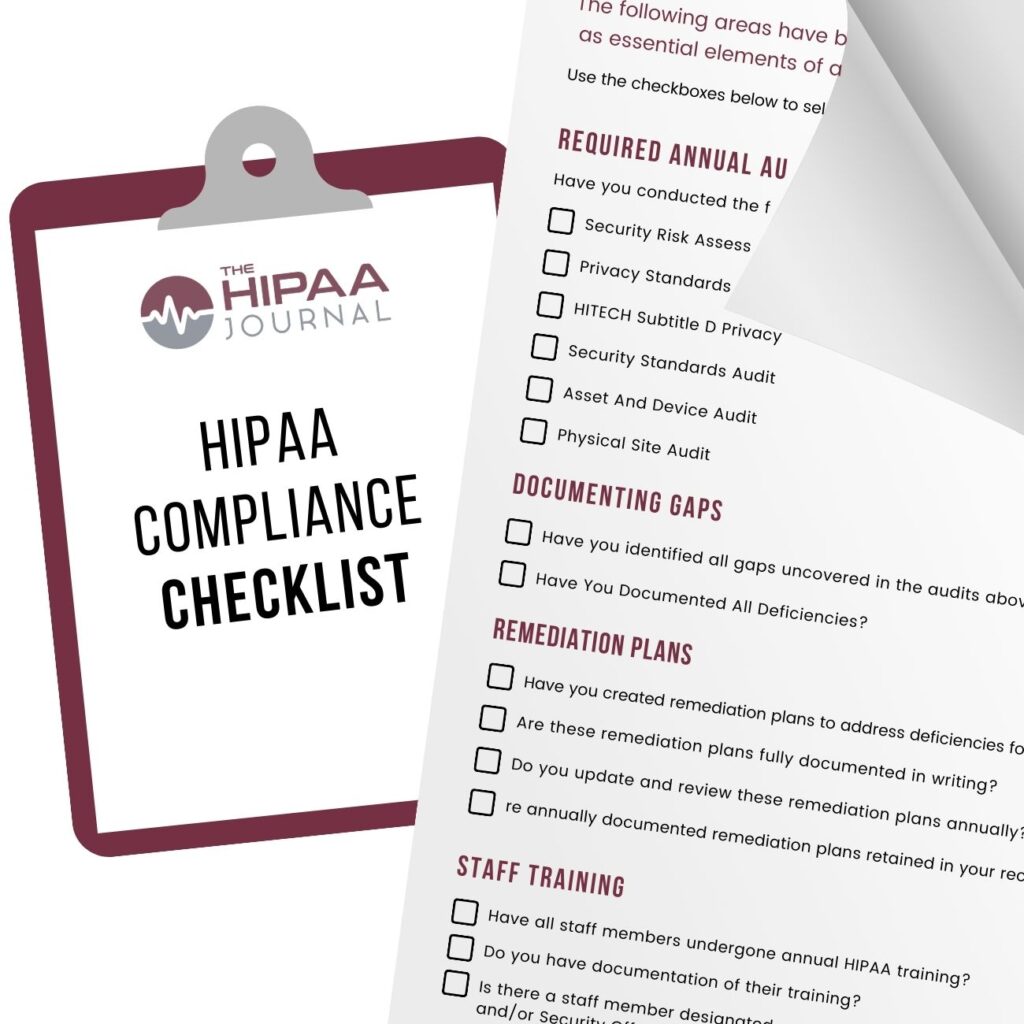Deciding how much to charge vendors at events is a crucial aspect of event planning that can greatly impact the success and profitability of your event. Determining the right pricing strategy requires careful consideration of various factors such as the target audience, market trends, location, and the value of the vendor offerings. This comprehensive guide aims to provide you with valuable insights and practical tips to help you navigate the pricing process effectively. Whether you are organizing a small community fair or a large-scale music festival, understanding how to set fair and competitive pricing for vendors is essential for creating a successful and sustainable event. Let’s delve into the intricacies of pricing strategies for vendors at events and empower you to make informed decisions that maximize your event’s potential.
Understanding the Factors Affecting Vendor Fees
When determining how much to charge vendors at events, various factors come into play that significantly impact the vendor fees. These factors can vary depending on the type of event, location, target audience, and market trends. It’s crucial to analyze these aspects carefully to set vendor fees effectively and ensure a mutually beneficial arrangement.
Event Type
The type of event being organized plays a vital role in determining vendor fees. For instance, fees for a high-profile trade show might be higher compared to a local community fair due to the difference in exposure and potential sales opportunities.
Location and Venue
The location and venue of the event can also impact vendor fees. Premium locations or popular event venues may demand higher fees from vendors, considering the foot traffic and visibility they offer. Additionally, accessibility and amenities provided at the venue can influence fee structures.
Target Audience
The target audience of the event is a crucial factor affecting vendor fees. Events catering to niche markets or high-income demographics may command higher fees as vendors have the potential to generate more sales in such environments.

Market Research and Competitive Analysis
When deciding how much to charge vendors at events, thorough market research and competitive analysis are crucial. To set competitive prices that attract vendors while ensuring profitability, you need to understand the market trends and your competitors’ pricing strategies. Conducting market research allows you to identify the demand for vendor spaces, the average prices in the industry, and the value you offer compared to others.
The Importance of Market Research
Market research provides valuable insights into consumer preferences, spending habits, and industry trends. By analyzing data on event attendance, demographics, and vendor preferences, you can tailor your pricing strategy to meet market demands and maximize revenue.
Competitive Analysis Strategies2023
Conduct a competitive analysis to identify your main competitors, analyze their pricing models, and assess their strengths and weaknesses. This information can help you differentiate your offerings, justify your pricing decisions, and find opportunities to position yourself as a market leader.
- Price Comparison: Compare your prices with competitors to ensure they are competitive yet profitable. Highlight any unique selling points that justify higher prices.
- Vendor Benefits: Emphasize the benefits vendors receive for the price they pay, such as foot traffic, marketing exposure, or additional perks.
- SWOT Analysis: Identify your strengths, weaknesses, opportunities, and threats in comparison to competitors to make informed pricing decisions.
Calculating Costs: Expenses and Profit Margin
When deciding how much to charge vendors at events, it is crucial to accurately calculate your costs and determine a suitable profit margin. To do this effectively, you need to consider both your expenses and the profit you aim to make from the event.
Understanding Expenses
Expenses include all the costs associated with organizing the event, such as venue rental, decorations, marketing materials, staff wages, permits, and insurance.
It’s essential to meticulously track all expenses to ensure they are accurately reflected in your pricing strategy.
Calculating Profit Margin
Profit margin is the percentage of revenue that represents profit after all expenses have been deducted. To calculate your profit margin, divide your profit by the total revenue and multiply by 100.
- Determine the total revenue generated from the event.
- Subtract all expenses incurred.
- Divide the remaining amount by the total revenue.
- Multiply the result by 100 to get the profit margin percentage.
Setting Clear Objectives and Goals
When deciding on how much to charge vendors at events, it is crucial to set clear objectives and goals to ensure a fair pricing strategy and profitability. By establishing specific objectives, you can align pricing with your event’s purpose and target audience.
Understanding Event Costs
Before determining vendor charges, calculate all associated costs related to the event, including venue rental, permits, marketing, and staff expenses.
Develop a detailed budget to allocate costs and estimate revenue accurately.
Market Research and Competitor Analysis
Conduct thorough market research to understand current market rates and competitor pricing strategies.
- Identify the pricing trends within your industry.
- Analyze competitor offerings and position your pricing competitively.

Creating Pricing Tiers and Options
When deciding how much to charge vendors at events, it’s crucial to offer diverse pricing tiers and options to cater to different vendor needs and budgets. Providing a range of choices ensures that you can attract a variety of vendors, from small businesses to larger enterprises.
Standard vs. Premium Packages
Consider offering standard and premium pricing packages. Standard packages can include basic vendor amenities, while premium packages offer additional perks such as prime location placement and extended advertising opportunities. This allows vendors to choose based on their budget and desired level of exposure.
Early Bird Discounts
Encourage early commitment from vendors by offering early bird discounts. Providing reduced rates for vendors who book their space well in advance not only incentivizes prompt bookings but also helps you secure vendors for your event earlier, giving you a clearer picture of attendance.
Implementing Dynamic Pricing Strategies
When deciding how much to charge vendors at events, implementing dynamic pricing strategies can be a game-changer. Dynamic pricing involves adjusting prices in real-time based on various factors like demand, time of day, weather, and competitor pricing. By utilizing dynamic pricing effectively, event organizers can maximize revenue and create a win-win scenario for both vendors and attendees.
The Importance of Dynamic Pricing
Dynamic pricing allows organizers to tailor prices to match market conditions, leading to increased sales and profitability. It ensures that vendors are charged appropriately based on demand fluctuations, ensuring fair pricing for all parties involved.
Best Practices for Dynamic Pricing
Consider using a dynamic pricing tool or software that can analyze real-time data and competitor pricing to optimize your pricing strategy. Additionally, segment your vendors based on their offerings and target audience to apply personalized pricing strategies effectively.
- Monitor market trends and adjust prices accordingly
- Offer discounts during off-peak hours to boost sales
- Utilize dynamic pricing to upsell premium vendor spots
Frequently Asked Questions
-
- How do I determine the cost of charging vendors at events?
- To determine the cost of charging vendors at events, you should consider factors such as event location, duration, foot traffic, vendor amenities provided, and market rates for similar events.
-
- What are some common vendor pricing models used at events?
- Common vendor pricing models used at events include flat fees, percentage of sales, a combination of flat fees and a percentage of sales, and tiered pricing based on vendor size or location.
-
- How can I ensure my vendor pricing is competitive yet profitable?
- To ensure your vendor pricing is competitive yet profitable, research market rates, understand your event costs, negotiate vendor fees where possible, and aim for a win-win pricing strategy that benefits both vendors and your event.
-
- Are there any important legal considerations when charging vendors at events?
- Yes, when charging vendors at events, it’s important to have clear vendor contracts outlining fees, responsibilities, insurance requirements, and cancellation policies to protect both parties legally.
-
- What strategies can I use to attract high-quality vendors to my event?
- To attract high-quality vendors to your event, you can offer early bird pricing incentives, provide excellent vendor amenities, promote your event’s strong attendance history, and create a positive vendor community reputation.
Key Takeaways on Deciding How Much to Charge Vendors at Events
Finalizing the vendor fees for your event is a crucial decision that impacts both your revenue and vendor satisfaction. By carefully considering factors like location, foot traffic, and market trends, you can determine a fair pricing strategy that benefits both parties. Remember, transparency and communication are key to fostering positive vendor relationships and ensuring a successful event. Additionally, conducting regular market research and adapting your pricing model will help you stay competitive and profitable in the long run. Always prioritize creating a win-win situation where vendors see value in your event and are willing to pay the fees you set.



